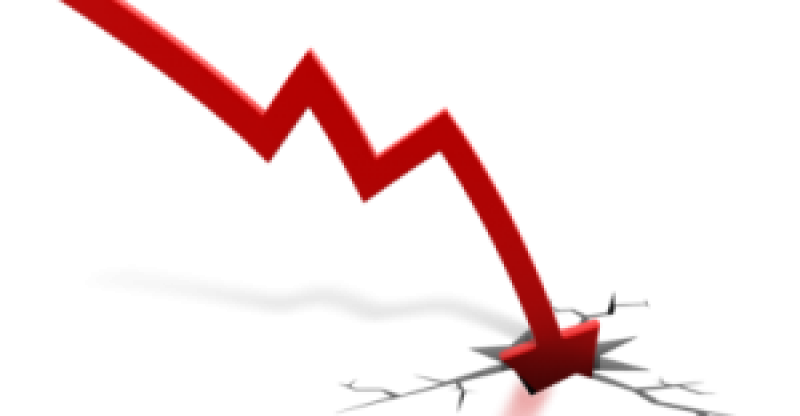Delinquency Rates Going Down..Somehow?
Observers have seen that Canadian consumers continued to spend in the 1st quarter of this year, 2017. This brought the average non-mortgage debt nationwide, to 1.9% per annum; this is also $21,696.
Simultaneously, the country’s delinquency rate of 90 days, for non-mortgage credit accounts dropped from 2.72% to 1.45% on a yearly basis.
What is delinquency?
It is simply faulting on paying your bills.
Funnily enough, cities such as Toronto, Montreal and Winnipeg saw their delinquency rates reduce by 7.55%, 2.51% and 3.9% respectively.
According to director of research and consulting at TransUnion Canada, Matt Fabian:
“While delinquency rates for subprime borrowers generally are much higher than other risk groups, it’s a positive sign to see delinquencies decline even as more consumers in this risk group gain access to credit.”
Just because delinquency rates are reducing might not necessary be a good thing; it could mean that Canadians have incurred more personal debts. This is the school of thought of Scott Hannah, the chief executive of the non-profit Credit Counseling Society.
He said,”so while the delinquency has gone down, people are taking on more debt, which means they can offset their living expenses with additional credit, so they’re able to maintain their minimum payments…..So while the report here says that people are managing OK, I think that a more accurate description is that people are treading water, because debt levels are continuing to rise.”
Here are the cities that have seen their rates gone up:
Calgary—6.64%
Regina—2.34%
Edmonton—4.84%
The debt loads also increased in the 1st two cities mentioned while it dropped in the last.
“I think it’s really interesting that the delinquency rate has actually dropped…..We have been seeing that a lot of subprime borrowers have been acquiring credit, and the reason we see that is mainly because it’s become a lot easier to get credit lately..I think the lenders have eased up on the availability of credit to the high-risk consumers because they feel that the economy is doing well,” said Elena Jara, director of education with non-profit credit counseling service Credit Canada Debt Solutions Inc.
Almost 21 million Canadian consumers had a credit card balance. This easily a 3.5% increment from the very 1st quarter of the year, 2015.
The $21,696 average non-mortgage debt in the first quarter of 2017 breaks down across four categoriesAuto loans: $20,141 (up 2.67 per cent annually).
# Credit cards: $3,904 (up 2.23 per cent annually).
# Installment loans: $24,795 (up 5.46 per cent annually).
# Lines of credit: $29,793 (down 1.81 per cent annually).
“I find it concerning when I see that the largest growth was in auto installment loans,” said Scott Hannah of the Credit Counselling Society.
“Many of those installment loans have incentives for people to take out a loan [and make] a very low payment over an extended period of time, upwards of seven years,” he said.
“Those same individuals will find themselves underwater after about a year, when the depreciation on the value of that vehicle has declined faster than the amount of the loan.”





